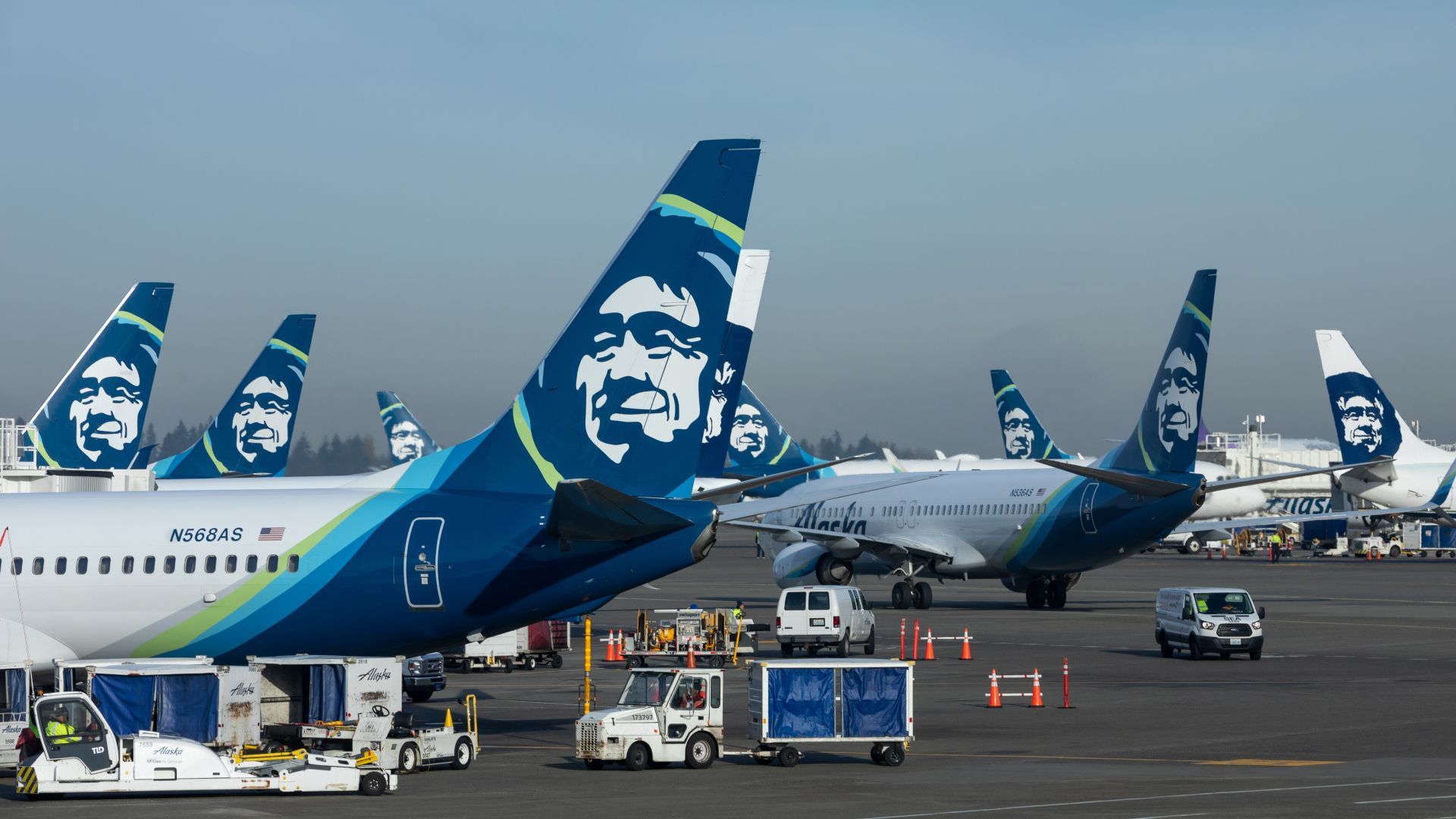World
Alaska Airlines and Horizon Air Shift Leadership to Enhance Operations

Alaska Air Group has announced significant leadership changes at both Alaska Airlines and its regional subsidiary, Horizon Air. Starting on November 3, 2025, Jason Berry will assume the role of Chief Operating Officer (COO) at Alaska Airlines, succeeding Constance von Muelhon, who will retire in February 2026. Berry’s promotion follows his tenure as President of Horizon Air and Executive Vice President of Cargo. In a parallel move, Andy Schneider, currently the Senior Vice President of People at Alaska Airlines, will become the President and Chief Executive Officer (CEO) of Horizon Air.
These leadership transitions aim to strengthen coordination between Alaska Airlines and Horizon Air, reflecting a strategic focus on internal development rather than external hires. This approach emphasizes continuity and the retention of institutional knowledge, crucial for navigating the evolving landscape of the airline industry.
Details of the Leadership Changes
Jason Berry brings a wealth of experience to his new position. He has been with Alaska Air Group for several years, notably leading Horizon Air before his latest promotion. Constance von Muelhon joined Alaska Airlines in 2011 and became COO in 2021. As she steps into an advisory role for Berry, her experience is expected to facilitate a smoother transition.
Andy Schneider, taking the helm at Horizon Air, has dedicated over 35 years to Alaska Airlines. Her deep understanding of the company culture and operations is anticipated to drive Horizon Air’s strategic objectives, particularly as the airline navigates its integration with Hawaiian Airlines.
The timing of these changes coincides with Alaska Airlines’ ongoing merger with Hawaiian Airlines, which presents new operational complexities as both airlines work toward obtaining a single operating certificate. The leadership reshuffle is designed to ensure that the transition is as seamless as possible, allowing the companies to focus on their operational integration.
Implications for Alaska Airlines and Its Future
These leadership changes occur as Alaska Airlines embarks on a significant transformation of its business model. Traditionally known as a low-cost carrier with an all-Boeing 737 fleet, the airline has expanded through its acquisition of Hawaiian Airlines, adding a diverse range of aircraft, including Airbus A321neos, Airbus A330s, Boeing 717s, and Boeing 787s. This transition marks the airline’s entry into long-haul flights and widebody operations, an area where it has previously had no experience.
As Alaska Airlines adapts to these changes, it faces intensified competition from major players, particularly Delta Air Lines, especially in long-haul markets. The airline joined the oneworld alliance in 2021 and is still establishing its partnerships. By promoting from within, Alaska Airlines aims to leverage the extensive experience of its executives to navigate this new territory successfully.
For employees, the leadership transitions are designed to minimize disruption. Alaska Airlines emphasizes that these changes are planned successions rather than abrupt shifts, fostering predictability within the organization. The advisory role of Constance von Muelhon is expected to provide additional support during this period of transition.
For customers, operational consistency will be a key focus as the airline moves into the winter season and prepares for summer 2026. Alaska Airlines has built a reputation for tight turnaround times and high aircraft utilization. Maintaining these operational rhythms will be essential to preserving its service reputation, particularly along core West Coast routes.
As Alaska Airlines prepares to launch new 787 routes to Europe next year, competition from Delta is intensifying. Delta has already announced new flights to destinations such as Rome and Barcelona, directly countering Alaska’s expansion plans. The competitive landscape is shifting, with both airlines vying for market share in Seattle and beyond.
Ultimately, Alaska Airlines’ leadership changes reflect its commitment to adapting to a rapidly changing aviation landscape while striving to maintain service excellence and operational integrity. As the airline embarks on this new chapter, the emphasis on internal leadership and continuity may prove vital in navigating the challenges ahead.
-

 Science3 months ago
Science3 months agoToyoake City Proposes Daily Two-Hour Smartphone Use Limit
-

 Top Stories3 months ago
Top Stories3 months agoPedestrian Fatally Injured in Esquimalt Collision on August 14
-

 Health3 months ago
Health3 months agoB.C. Review Reveals Urgent Need for Rare-Disease Drug Reforms
-

 Technology3 months ago
Technology3 months agoDark Adventure Game “Bye Sweet Carole” Set for October Release
-

 World3 months ago
World3 months agoJimmy Lai’s Defense Challenges Charges Under National Security Law
-

 Lifestyle3 months ago
Lifestyle3 months agoVictoria’s Pop-Up Shop Shines Light on B.C.’s Wolf Cull
-

 Technology3 months ago
Technology3 months agoKonami Revives Iconic Metal Gear Solid Delta Ahead of Release
-

 Technology3 months ago
Technology3 months agoApple Expands Self-Service Repair Program to Canada
-

 Technology3 months ago
Technology3 months agoSnapmaker U1 Color 3D Printer Redefines Speed and Sustainability
-

 Technology3 months ago
Technology3 months agoAION Folding Knife: Redefining EDC Design with Premium Materials
-

 Business3 months ago
Business3 months agoGordon Murray Automotive Unveils S1 LM and Le Mans GTR at Monterey
-

 Technology3 months ago
Technology3 months agoSolve Today’s Wordle Challenge: Hints and Answer for August 19









